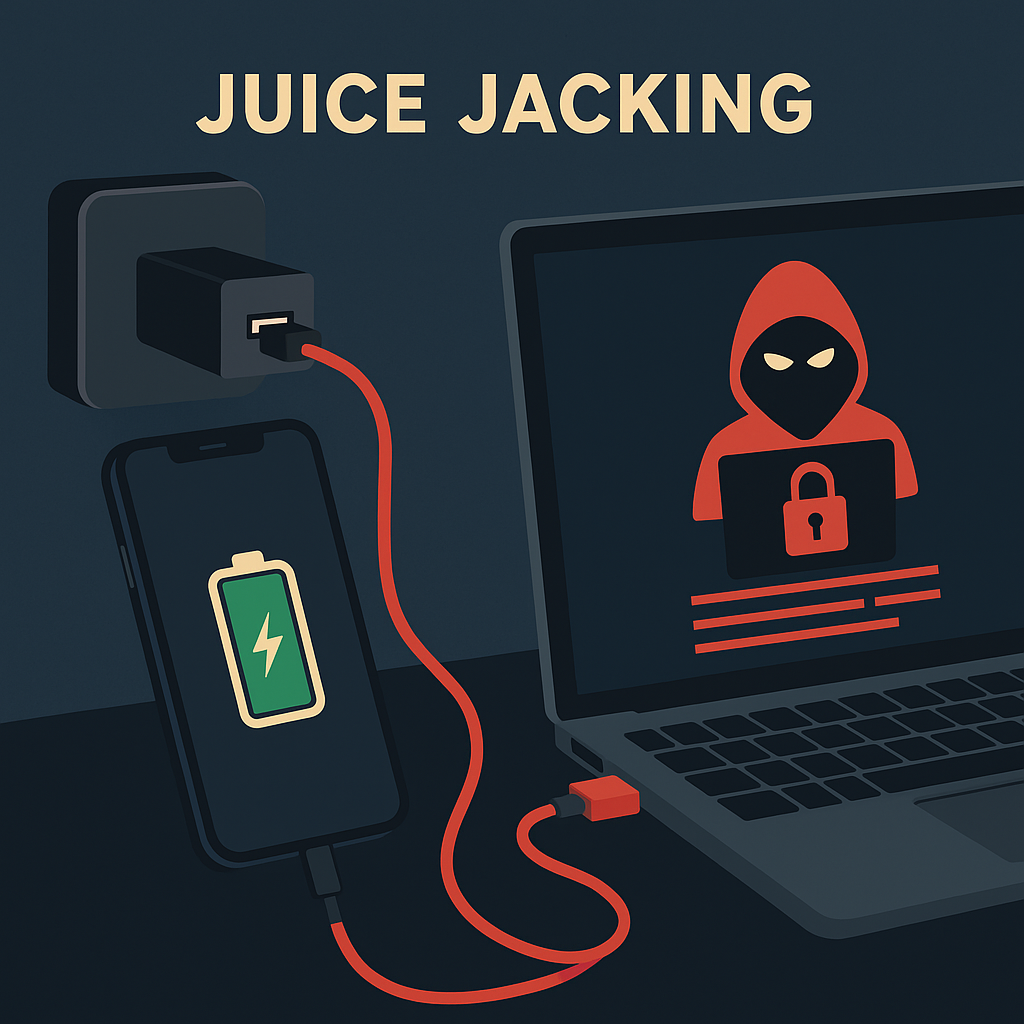iOS 26 Adds a Simple but Powerful Defense Against “Juice Jacking”
iOS 26 Adds a Simple but Powerful Defense Against “Juice Jacking”

Apple’s latest iOS 26 update slips in a quiet security feature that tackles a real-world threat: juice jacking. That’s when someone uses a seemingly harmless charging port to secretly access your phone’s data. The idea has circulated in security circles for years, but Apple’s answer this time is both elegant and firm.
Instead of letting accessories talk to your iPhone without question, the new update inserts a deliberate pause. When you plug a new USB-C accessory into your device, iOS 26 now stops and asks whether you want to allow data access. If you choose “Don’t Allow,” the device will still charge—but the data line stays closed. No silent handshakes. No hidden transfers. Just power.
The protection goes a step further when your phone is locked. iOS 26 blocks data access by default until you unlock the device and explicitly approve the accessory. This ensures that even a quick stop at a public charging kiosk doesn’t quietly expose your data.
This extra step may feel subtle, but the reason behind it is anything but. Over the last decade, several government and security bodies have raised concerns about compromised public charging stations. The U.S. Federal Communications Commission (FCC) has published guidance warning that malware can theoretically be loaded onto public USB ports to compromise devices, though it admits there are no confirmed incidents to date. The U.S. Army Cyber Command released a fact sheet outlining how malicious charging stations might exfiltrate data and advising travelers to avoid public ports altogether. And more recently, the Transportation Security Administration (TSA) issued public warnings encouraging air travelers to use their own chargers or portable power banks rather than airport USB kiosks. These aren’t panic headlines—they’re official advisories built on the recognition that the attack vector is real, even if confirmed cases are scarce.
The absence of publicized incidents from airlines or airports doesn’t mean the risk is zero. If a breach occurred, it might go undetected or be treated as a confidential security issue. And with modern operating systems requiring explicit USB permissions, mass attacks are harder than early warnings implied. Still, agencies see enough theoretical and lab-demonstrated risk to recommend caution.
Beyond the new prompt, Apple is encouraging safer charging habits. The update includes battery tips that make it easier to keep your device powered without leaning on questionable public ports. Portable power banks and MagSafe accessories give users options to charge securely on their own terms.
None of this arrives with splashy marketing or a big stage announcement. It’s a quiet, strategic shift that reflects Apple’s broader security approach: give the user the final say. In a world where charging can mean exposure, iOS 26 turns what used to be a passive moment into an intentional choice—reinforced by the kind of security guidance that’s been coming from agencies for years.